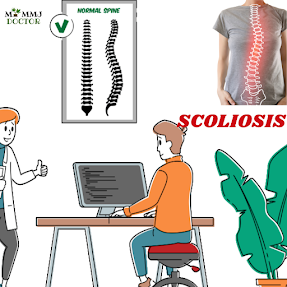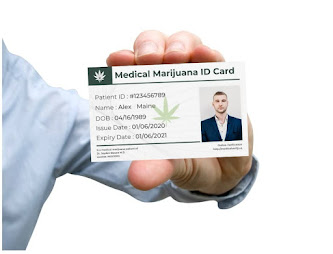Scoliosis :- Causes, Symtoms and Types
SCOLIOSIS
In more than 80 percent of cases, the cause of scoliosis is unknown — a condition called idiopathic scoliosis. In other cases, scoliosis may develop as a result of degeneration of the spinal discs, as seen with arthritis, osteoporosis, or as a hereditary condition that tends to run in families. To read more about Scoliosis click here
Causes of Scoliosis
The causes of Scoliosis medical conditions are obscure but may be occurred due to several reasons. Causes of Scoliosis may include idiopathic, neuromuscular, or congenital.
When the generation of the health condition is due to idiopathic, it includes unknown causes, juvenile, adult, or infantile.
When the generation of health conditions is due to neuromuscular reasons, it includes cerebral palsy, physical trauma spinal muscular atrophy, or as a secondary symptom because of some other health condition.
When the generation of health condition is due to congenital reasons, it includes vertebral anomaly.
Symptoms of Scoliosis
Most children and teens with mild scoliosis do not have symptoms or pain. Sometimes, the child, teen, or a family member may notice changes in posture, which may be a sign of scoliosis. Other signs may include the following.
- The top of the shoulders is uneven.
- One-shoulder blade (in the upper back) is more prominent or visible than the other.
- One hip appears higher than the other.
- One side of the rib cage is higher than the other when bending forward.
- If the scoliosis is progressing and the curve is more severe, the changes in the shape of the spine can lead to back pain. If the curve is severe, rarely, some children may develop difficulty breathing.
Types of Scoliosis
Adult scoliosis: Adult scoliosis is developed due to a degenerative joint issue. In several cases, this medical condition is developed early during childhood and couldn’t be diagnosed at that time.
Juvenile Idiopathic Scoliosis: Juvenile Idiopathic Scoliosis is a health condition that is developed during the age of three to ten years.
Idiopathic Scoliosis: Idiopathic Scoliosis is a coon type of Scoliosis. Females are mostly affected by this health condition, and out of 10, 8 are approximately diagnosed with the disease.
Infantile Idiopathic Scoliosis: Infantile Idiopathic Scoliosis is a type of Scoliosis that is developed before the age of three. Boys are commonly affected by this health condition.
Adolescent Idiopathic Scoliosis: Adolescent Idiopathic Scoliosis is developed during the growth spurt. Girls are commonly affected by this health condition.
.




Comments
Post a Comment